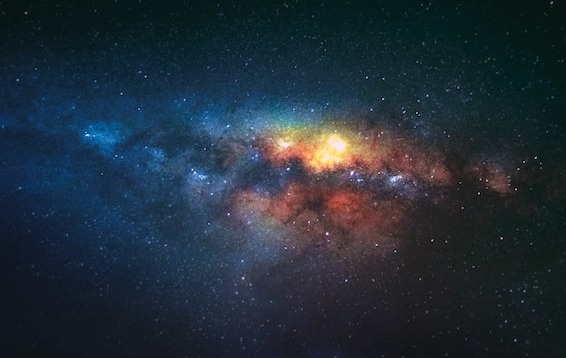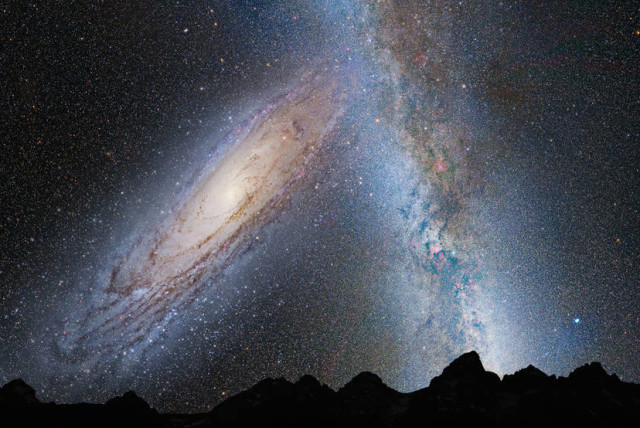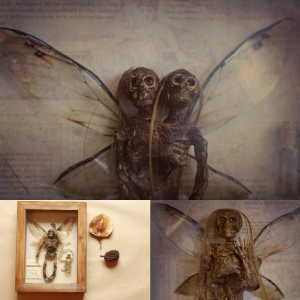NASA Astronomers Discover Galaxies That Should Not Exist
Astonishing new images captured by the Webb telescope have revealed six massive galaxies, each filled with mature stars, all formed just 500 to 700 million years after the Big Bang. But what’s even more surprising is that these galaxies are 50 times more massive than scientists previously thought possible for their early formation. And the stars inside these ancient galaxies are not the bright blue ones expected in early galaxies, but old, red stars. These findings challenge our fundamental understanding of galaxy formation and evolution.

We unravel the mysteries of the early universe and the galaxies that defy all expectations. This is a discovery that has rocked the foundations of astronomy, and the implications are nothing short of astonishing.
Observatory made a plethora of incredible discoveries within just six months of operation but one of these discoveries has baffled scientists and left them scratching their heads. During the early observation campaign of the James Webb Space Telescope an intriguing image was captured featuring six new galaxies these galaxies are nearly as massive as. The Milky Way filled with mature stars and Scattered across the image.

They only appear as Tiny reddish dots to the powerful telescope. Upon further analysis, scientists were surprised to discover that they were observing these unexpected galaxies during the universe’s infancy around 500 to 700 million years after the big bang. But that’s not all that was peculiar about these galaxies the initial estimate of their Mass. Nearly a billion Suns was completely blown out of the water by the Webb telescope’s Deep Field image. It was kind of shocking because some of these galaxies were 13 billion.






